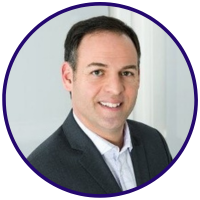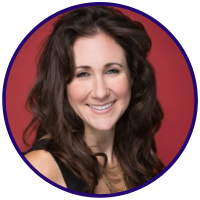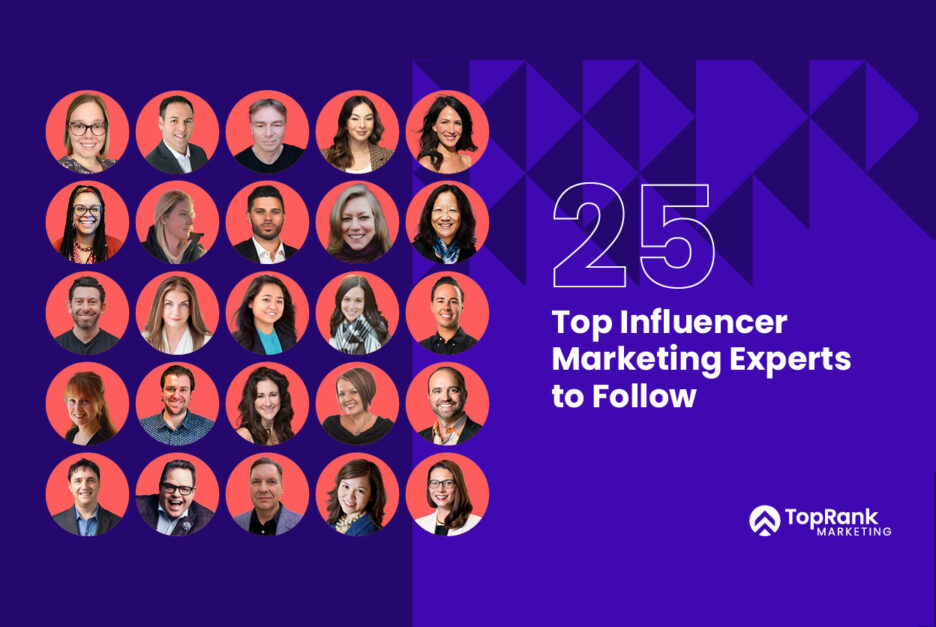Who are some of the top B2B influencer marketing experts to learn from and follow as we head into 2024?
Hot on the heels of the publication of our comprehensive 2023 B2B Influencer Marketing Report, plenty of questions that go beyond the scope of what can fit even into a robust 39-page report remain, especially when B2B influencer marketing has seen continuing record growth, such as:
- 85% of B2B marketers are working with influencers, up 34% from 2020 and 46% from 2022
- 93% of B2B marketers say the pressure to prove marketing return on investment (ROI) has increased in the past year
- 70% of the most effective B2B marketers say their influencer program is entirely outsourced
- 94% of marketers believe influencer marketing is a successful strategy for B2B
- 53% of B2B marketers say identifying, qualifying and engaging with ideal influencers is their top influencer marketing program challenge
We’re always happy to answer any and all questions about influencer marketing here at TopRank Marketing, and we’re also thrilled to be able to help highlight some of those in the larger B2B influencer marketing community who have unique insight, experience, and perspectives to share.
For over 22 years, we’ve had the honor of helping a diverse array of the world’s top B2B marketers and major global brands elevate beyond merely being competitive, to truly standing out from the crowd with creative and award-winning successes.
When it comes to the growing power of influence the B2B marketing world is expected to see in 2024 and well into the future, there’s much to learn, and luckily we’ve had the honor of featuring many key B2B marketing innovators in our newest B2B influencer marketing report.
Let’s jump right in and take a look at 25 top B2B influencer marketing professionals to follow and learn from in the year ahead.
Focus on Talent: 25 B2B Influencer Marketing Experts To Follow In 2024

Victoria Tokarz
Head of Influencer Marketing,
Scribe

Anton Shulke
Head of Influencer Marketing,
Duda
@anton_shulke

Tequia Burt
Editor in Chief, LinkedIn Collective
& LinkedIn Ads Blog, Senior Content
Marketing Manager,
LinkedIn
@TequiaBurt

Meg Crawford
Senior Digital Media & Influencer
Marketing Manager,
Splunk
@Postgrad

Jon Leiberman
Vice President of Corporate Communications,
Infor
@reporterjon

Lina Forrestal
Program Manager, Influencer Marketing
and Social Media Content Strategy,
Cisco
@linaforrestal

Renee Roth
Head of Influencer Marketing
Dropbox

Drew Tambling
Senior Director, Analyst & Influencer Relations
Sprinklr
@Drew_Tambling

Lucinda R. Henry
Brand Content & Global Influencer
Program Strategist,
Hewlett Packard Enterprise
@lucindarhenry1

Patrick Jones
Social Business Team,
Influencer Relations,
Dell Technologies
@WhoPJones

Srijana Angdembey
Director, Digital Marketing,
Ellucian
@srijanaa

Nic Michael
Manager, Influencer Partnerships
and Social Media,
Alteryx

Gale Daikoku
Director, Global Influencer Marketing Lead,
SAP
@galedb

Karin Apjarova
GLobal Marketing Director –
Communication Industry
Oracle
@karinapjar

Pamela Stephens
Digital Media Manager | Media
Partnerships & Influencer Marketing,
3M
@PBJstories

Angela Lipscomb
Influencer Relations Manager
SAS

Ryan Lytle
Director, Social Media,
Adobe
@rlytle

Joe Pulizzi
Founder
The Tilt
@JoePulizzi

Carla Meyer
Director of Social Media,
Content and Influencer Marketing,
Gen

Leah Marshall
Senior Director, Influencer Marketing,
Association of National Advertisers
@LeapCast

Neal Schaffer
Digital & Social Media
Marketing Consultant
@NealSchaffer

Lee Odden
Founder & Board Advisor
TopRank Marketing
@LeeOdden

Pam Moore
CEO and Founder,
Marketing Nutz
@PamMktgNut

Jay Baer
Founder,
Convince & Convert
@JayBaer

Debbie Friez
Associate Director, Influence & Social Media
TopRank Marketing
@dfriez
Thanks To Each B2B Influencer Marketing Innovator
We extend many thanks to each of the inspiring 25 B2B influencer marketing subject matter experts we’ve shared both in our latest report and here, and encourage you to follow and learn from each. While no such list can ever be completely thorough, we hope that these leading experts on the power of influencer will help to elevate your own B2B marketing efforts.
Be sure to also check out the additional lists of leading B2B marketers we’ve recently published, including:
- Integral AI: 10+ Expert Insights On GenAI’s Ascent in B2B Influencer Marketing in 2024
- 12+ Top 2024 B2B Influencer Marketing Predictions From Industry Experts
- Top 25 B2B Marketing Influencers and Experts To Follow #MPB2B 2023
- Top 50 B2B Content Marketing Influencers and Experts To Follow #CMWorld 2023
- 12 Women in B2B Marketing Worth Celebrating This (and every) Month
Since we first began providing professional influencer marketing services to B2B companies all the way back in 2012, the number of influencer marketing roles at B2B brands has steadily increased yearly — a trend that is expected to continue into 2024.
You’ll find much more about the future of B2B influencer marketing and its power to build relationships and create influencer communities in our all-new 2023 B2B Influencer Marketing Report. It’s data-packed 39 pages are rich with survey insights, case studies from B2B brands, top influencer marketing predictions, and much more.



